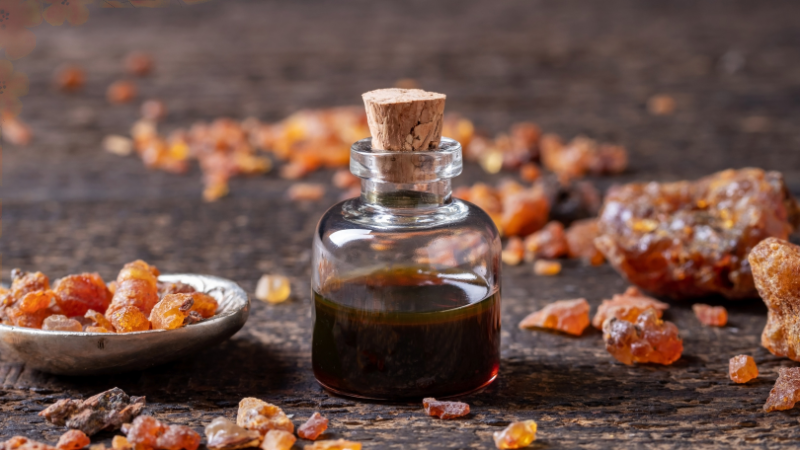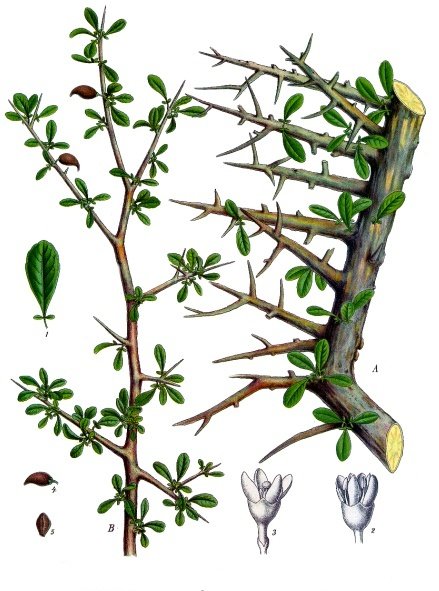Myrrh smells warm, spicy, and bitter with smoky and musky undertones. Myrrh is the “aromatic resin of a number of small, thorny tree species of the genus Commiphora“. The plant dates as far back as the Egyptians who mummified their dead with it. It was also one of the gifts the Three Wise Men brought Jesus to signify His pre-eminent death. Commiphora, a small, scrubby, spiny tree originates from the Middle East and North East Africa. The tree makes up for its lack in appearance in the precious gum–myrrh, it produces. Today, myrrh is mainly used as incense or as oil to inspire prayer and meditation. Myrrh has physical and spiritual benefits. No wonder this was a precious gift given to the baby Jesus.
Other Usages of Myrrh
In addition to its meditative usages, myrrh is also an antiseptic, anti-inflammatory, antibacterial and antifungal, decongestant, and astringent. It heals wounds.
6 drops lavender oil
6 drops bergamot oil
3 drops lemon oil
3 drops of tea tree oil
2 drops myrrh oil
2 ounces vegetable oil
Combine ingredients. Use as a general massage oil or over specific areas of the body that tend to develop physical problems. For example, if you are prone to chest colds or flus, rub this blend over your chest. Use several times a day when trying to build up your own natural immunity.
Use 1 to 2 teaspoons in a bath or 1 teaspoon in a foot bath.
Without the vegetable oil, this recipe is suitable for use in an aromatherapy diffuser, simmering pan of water, or potpourri cooker.
Reference:
https://en.wikipedia.org/wiki/Myrrh
Keville, Kathi. Aromatherapy: Healing for the Body and Soul. Lincolnwood: Publications International, 1998.





